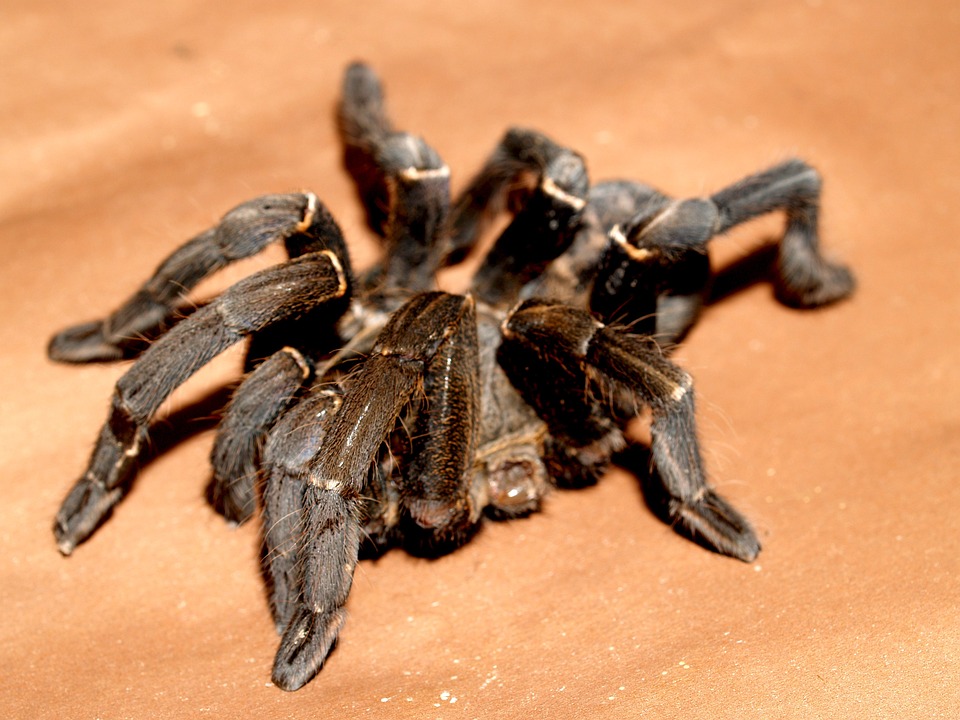Introduction
The venomous Hognose Snake, belonging to the Colubridae family, is a fascinating creature that is often misunderstood. This article aims to offer a comprehensive guide to the species, exploring their behavior, habitat, and distribution patterns. Hognose Snakes are especially interesting to herpetologists and snake enthusiasts due to their unique defensive mechanisms and their diverse range across the Americas.
Behavior
Hognose Snakes are known for their unique defensive behaviors. When they feel threatened, they will first try to escape. If cornered, they may rear up and flatten their necks, imitating the behavior of a cobra. They also emit a loud hissing sound, which can be quite intimidating when combined with their flattened necks.
If these tactics do not work, Hognose Snakes will roll onto their backs and play dead, known as thanatosis. They will emit a foul-smelling musk from their anal glands, which can deter predators. This “death-feigning” behavior is quite convincing and can make it appear as if the snake is truly deceased.
Habitat
Hognose Snakes can be found in a variety of habitats across the Americas. They are most commonly found in grasslands, sandy soils, and coastal plains, but they can also reside in forests and woodlands. Their adaptability enables them to thrive in different environments, and as such, their specific habitat preferences may vary according to their distribution.
Distribution
Hognose Snakes are divided into several subspecies, and their distribution ranges across North, Central, and South America. In the United States, they are most commonly found in the southeastern states, but their range extends northwards to the Great Lakes and even into southern Canada. In Central and South America, the distribution of Hognose Snakes is quite diverse, with populations found from Mexico to Argentina.
Venom and Bites
Although Hognose Snakes are considered venomous, their venom is not considered dangerous to humans. The venom is made up of a mild neurotoxin and has a primary purpose of subduing their prey, primarily amphibians. Hognose Snake bites are extremely rare, and when they do occur, they generally cause only mild pain, swelling, and redness. It is important to remember, however, that any snakebite should be treated with care and monitored for signs of an allergic reaction or infection.
Conclusion
The venomous Hognose Snake is a captivating species that has adapted to a range of different habitats and developed unique defensive behaviors. While their venom poses minimal risk to humans, it is always essential to approach these creatures with caution and respect. Understanding more about the behavior, habitat, and distribution of the Hognose Snake can help promote their conservation and shed light on the fascinating world of reptiles.
Frequently Asked Questions (FAQ)
Are Hognose Snakes dangerous to humans?
No, Hognose Snakes are not considered dangerous to humans. Their venom is mild and primarily used for subduing their prey. In extremely rare cases, a bite may cause mild pain, swelling, and redness.
What do Hognose Snakes eat?
Hognose Snakes primarily feed on amphibians, such as frogs and toads, but they may also consume small mammals, birds, and reptiles.
What is the range of Hognose Snakes?
Hognose Snakes can be found in parts of North, Central, and South America. Their distribution is diverse, with populations found from the southeastern United States all the way down to Argentina.
How do Hognose Snakes defend themselves?
Hognose Snakes have unique defensive behaviors, such as flattening their necks, hissing, and playing dead. These tactics help to deter potential predators and protect the snakes from harm.

No responses yet